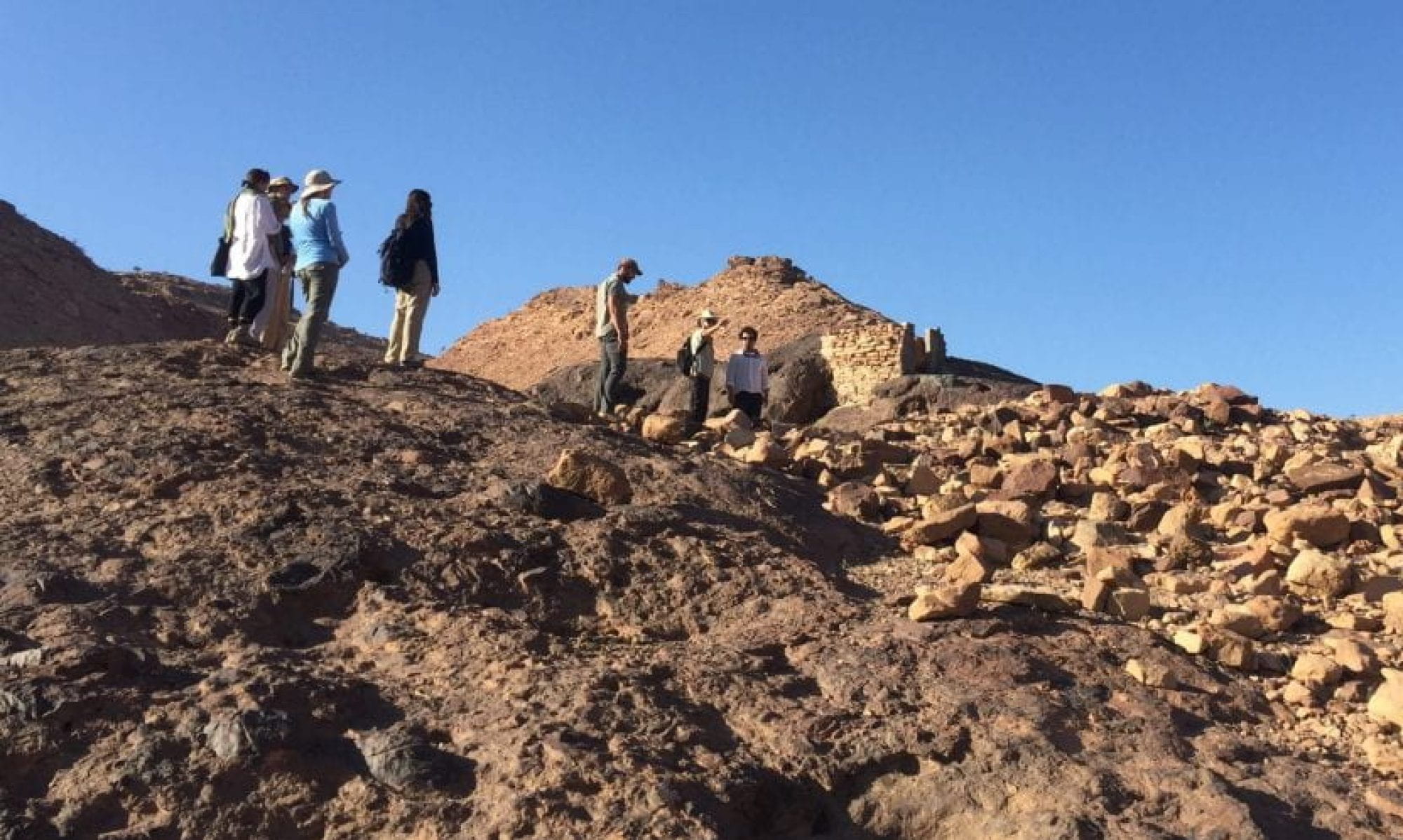“Archaeology, in short, is a science as well as a humanity. That is one of its fascinations as a discipline: it reflects the ingenuity of the modern scientist as well as the modern historian.”
(Renfrew, C. and P. Bahn. 2001. Archaeology: Theories Methods and Practice. London: Thames and Hudson, 12.)
Despite the close connections between the theory and practice of archaeology and “the hard sciences,” there continues to be a humanities-science divide: scientists are often unfamiliar with archaeological problems, and archaeologists are often unfamiliar with the potential of physical and chemical analyses for understanding archaeological materials, their dynamic processes of production, and more complex material-human interrelationships in the past.
These pages are the workspace for collaborative projects among interdisciplinary body of researchers spanning several disciplines, including Archaeology, Anthropology, Engineering, Chemistry, and Geosciences. These projects draw together a wide range of scholars in dialogue and in practice to research archaeological materials through established and experimental techniques. Although based at Brown, our collaborations extend beyond the university to additional research institutions and in working with students from other local universities.
An additional goal of these projects is to explore how archaeology can contribute to techniques and understandings in materials science (specifically) and engineering (more generally). One contribution of archaeology to these disciplines is the promotion of “reverse engineering,” i.e. starting from a manufactured object and working backwards to figure out how it was made; such practice could help engineers to improve upon or invent new technologies and analytical procedures. Archaeology is the leading source of information about long-term processes and change, as well as human-materials interactions. As such, archaeology can in effect offer a history of technological knowledge and production processes: all technologies are linked in a chain of development that stretches backwards in time, each new link dependent upon the previous links.
For more information:
Bibliographies
Funding Sources
Resources
Past Projects
Making Material Culture Symposium
Material Matters! UTRA Research Group, 2008

